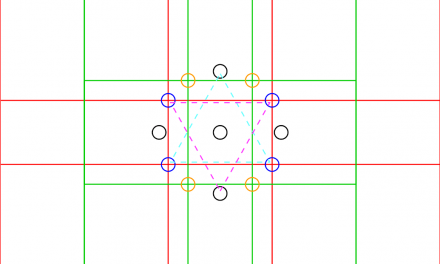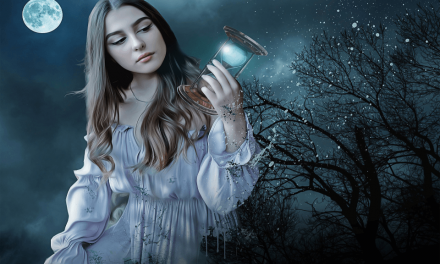In Part 1 of this series, we presented :
A Fifth Dimension: The Hidden Axis of Symmetry
– – –
Whenever someone mentions the presence of shadow in game art, my first instinct is to think of the sun as casting that shadow. And maybe that’s because of the endless hours and countless days that I’ve worked outside. First as a farm hand of sorts and later as a carpenter and builder.
Some days, the sun would be so hot that I could feel its rays burning my back and arms straight through the long sleeved flannel shirts I wore summer and winter. And back then, whenever I looked down, my hands would be dripping sweat and white salt stains would mark my gloves and discolor my shoes. Now that’s hot for you! And that, for me, is what its like to stand in strong sunlight. Or at least, that’s the part I remember most. That, and my shadow.
When we were done with our farm chores for the day, or later, when I worked as a builder, whenever I got back to the house and still had a bit of energy left, we would gather together and play ball. And I remember quite vividly that the sun would be low in the western sky and the shadows cast by each of us, and by the tall cedars that lined our property, would be long and stark by the time we wrapped things up and reluctantly went inside.
But in the house it was a different story. There, it would most generally be a lamp that cast shadows. Kerosene lamps with polished chimneys and with little brass knobs that raised and lowered the wicks that my mother so patiently trimmed. And, if we ran out of fuel, we’d light a candle and drip wax onto a saucer and stand the candle in it so that it would stay put.
The lamp light was yellow and the candles gave off a surprising amount of heat. We’d do our homework by lamplight and carry a candle stick when we headed to the bathroom or finally off to bed. And, occasionally, we’d linger before we wet our fingers and pinched off the candle wicks or blew out the lamps. We’d linger just long enough to let our imagination carry us off to some fantasy land where shadow puppets became knights and dragons and where maidens lived that sometimes were in distress and other times did the saving.
Then we’d dream of moonlit walks with our ladies and of soft grass beneath our feet and of stars overhead and of some one of those stars streaking across the sky. Just waiting to fall to earth as a gift and bringing with it an intense and inspired glow. Which did not itself cast shadows but the moon and the stars often did. Even in our dreams. …
So then, What about you? Do you perceive some specific source of light and shadow in the artwork you admire? Is that light manmade – electric lights and pyrotechnics? Or is it natural lighting – the sun, moon, and stars? Or simply an unexplained “energy glow”?
Whatever the light source you imagine, ask yourself, Does it cast a shadow (or, more precisely, cause a shadow to be cast)? And if you sketch or paint that light source, Does the shadow or even the light itself bear a certain color? If you can answer these questions without hesitation, it would seem that you already understand light and shadow in fantasy art. But if not, if it’s a bit tough to make a decision, take some time to recall your childhood and the various environments that have been impressed on your mind. Perhaps you’ll recall something useful, some insight, to add more complete and convincing light and shadow to your own masterpiece.
– – –
In Part 3 of this series we will present :
Fantasy Game Art – Part 3 – Theme and Content: A Catalog of Fantasy Symbols
Where would we be in our understanding of fantasy art without a knowledge of the symbols being used?




